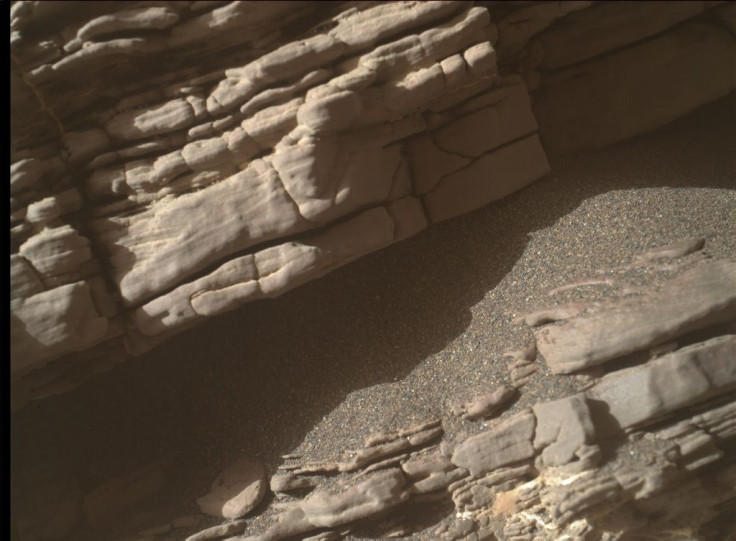NASA Photo Captures 'Sasquatch Skull' On Mars?

The NASA Curiosity rover made headlines last month when it detected a sudden spike of methane gas in the Martian atmosphere, a gas that’s often associated with microbial organisms back on Earth.
The discovery got scientists excited because it might finally answer the question: is there life outside of planet Earth? However, the methane gas dwindled just as fast as it appeared and scientists reasoned that it could have been gas produced by geological reasons.
The methane gas discovery, although exciting, is not the first instance that the Curiosity rover stumbled upon something unique and controversial. Since it landed on the Red Planet back in 2012, the car-sized space vehicle has been sending photos that have “captured” various interesting images that have excited not only the scientific community but alien theorist and UFO enthusiasts as well.
One of them is a photo taken by the Curiosity rover back in 2016 of an image that UFOlogists have regarded as a “sasquatch skull.” According to CNET, the image first appeared in a video posted by YoTube user Paranormal Crucible wherein he enhanced a photo of the surface of the Red Planet.
The odd image showed what looked like cavities for eyes, a nose, an upper jaw and a preserved cranium that looks humanoid but larger. The photo was taken by the Curiosity rover back in May 2016. And some analysts believe that the image caused excitement simply because it was presented in such a compelling way via the video.
However, the rock has been dismissed as simply a rock with an interesting play of shadows. But before that, Paranormal Crucible first declared that it is "obviously alien in nature" and went on to speculate if it is an actual remain of the mythical Sasquatch or simply a "bizarre Martian creature."
The Curiosity rover has been sending back photos of the Martian surface since 2012 and for years, alien theorists have used these images to prove that there might be life on the Red Planet. Some of the photos include “discovering” animals such as monkeys and penguins on the Martian surface. IBTimes even reported seeing the Star Trek logo etched on the dusty floor of Mars.
There was even news of a flying bird that’s said to have been discovered in one of the videos taken by the rover. The image first appeared in a video uploaded by user Sandra Elena Andrade and was picked up by UFO enthusiast or “UFOlogist” Scott Waring of the website ET Database. What’s interesting is that per the alien theorist, the image proved a conspiracy theory that images via NASA’s rover Curiosity were shot, not on the Red Planet but was taken from somewhere on Earth.
© Copyright IBTimes 2024. All rights reserved.





















